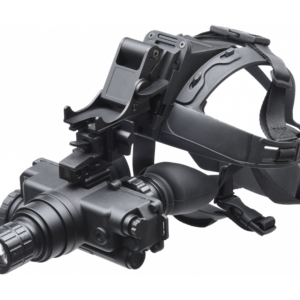
Thermal image cameras Australia, also known as infrared cameras, are sophisticated devices that provide the unique ability to see and analyse heat signatures in complete darkness or through obstructions like smoke and fog. These thermal cameras detect infrared energy (heat) and convert it into an electronic signal, which is then processed to produce a thermal image on a video monitor and perform temperature calculations.
Here’s a closer look at how thermal image cameras work and their wide array of applications:
Principle of Operation
Thermal image cameras operate based on the principle that all objects, regardless of lighting conditions, emit infrared energy or heat as part of their thermal condition. These thermal cameras use a special lens to focus the infrared light emitted by all of the objects in view. The focused light is scanned by infrared-detector elements, creating a detailed temperature pattern called a thermogram. This thermogram is then converted into electric impulses, which are processed to produce a visual image depicting temperature variations across the scene.
Seeing Through Darkness and Obscurants
One of the most significant advantages of thermal image cameras is their ability to function in environments devoid of any light. Unlike night vision cameras, which require a minimal amount of light or infrared illumination to produce an image, thermal cameras rely solely on the heat emitted by objects. This makes them invaluable for various applications, including surveillance in complete darkness, search and rescue operations at night, and navigation through smoke-filled environments.
Applications Across Industries
Thermal image cameras have a broad range of applications across different industries, showcasing their versatility and utility:
- Surveillance and Security: In security applications, thermal cameras can detect intruders or unauthorised activity in complete darkness, through foliage, or in challenging weather conditions, providing continuous monitoring capabilities.
- Search and Rescue: For search and rescue operations, thermal cameras can locate individuals by their heat signatures, even in dense forests or at night, significantly improving the chances of a successful rescue.
- Building Inspections: In the construction and building maintenance industries, thermal cameras help identify heat leaks, moisture intrusion, and electrical hot spots, aiding in energy audits and preventive maintenance.
- Industrial and Mechanical Analysis: Thermal cameras are used to monitor and diagnose problems in industrial equipment, electrical installations, and mechanical systems by detecting overheating parts or components that could lead to failures.
Medical and Veterinary Use: In medicine, imaging by thermal image camera Australia can assist in diagnosing conditions by revealing temperature variations in the body that may indicate issues like inflammation or poor circulation.
